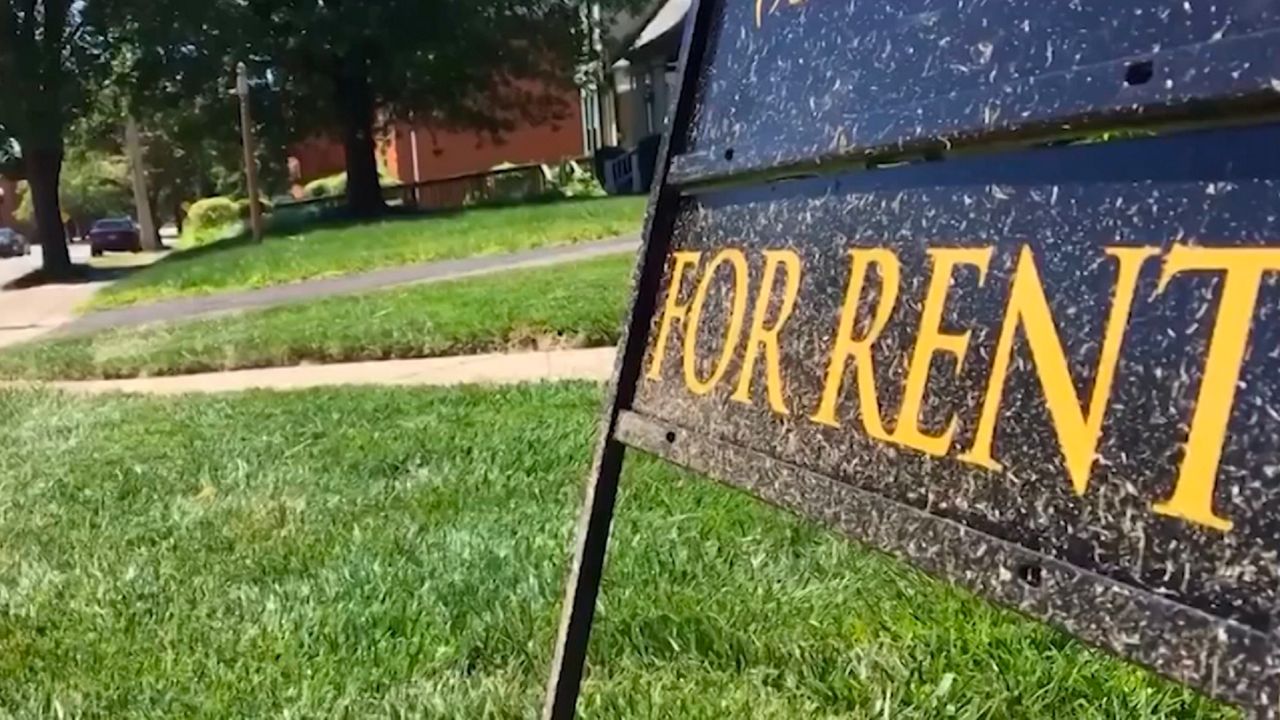CINCINNATI — The city of Cincinnati has launched a pilot program to provide legal services to residents facing possible eviction.
What You Need To Know
- The pilot program is a partnership between the city of Cincinnati and Legal Aid
- Services range from in-court legal help for eviction proceedings to filing for rental assistance
- Legal Aid said there are up to 75 eviction-related cases in Hamilton County every day, with about 30 of those ending in writs being issued
- Legal Aid's Nick DiNardo said there's plenty of funding out there, it's just been a challenge getting it to those who need it
The city announced the “Access to Justice” program Monday by way of a formal memo from City Manager Paula Boggs Muething to the mayor and members of city council. It's a partnership between the city and Legal Aid Society (LAS) of Greater Cincinnati.
The program provides free legal services to help eligible residents defend themselves against eviction actions. It will also help tenants secure available rental assistance funds.
The city said the aim is to provide "dedicated representation in eviction" for 700 families. They goal to have an 80% resolution rate in those cases, the city said.
"The need out there is great. We had an eviction crisis before the pandemic, but since COVID-19 we’ve seen thousands of local families struggle financially,” said Nick DiNardo, managing attorney at LAS.
The announcement of the program comes after the U.S. Supreme Court ruled 6-3 on Aug. 26 to end the Centers for Disease Control and Prevention's (CDC) moratorium on residential eviction.
Since April, the Hamilton County Municipal Court, which has jurisdiction over eviction cases in Cincinnati, stopped enforcing the national CDC residential eviction moratorium. The city wrote in its memo that this action allowed for residential evictions for nonpayment of rent to proceed that may have been previously stayed.
They called eviction a health and safety risk.
"The continuing pandemic remains a constant threat to residents who are evicted, since many individuals evicted must move into congregate settings, like emergency shelter, or into shared housing with family or friends where there is a great risk of exposure to COVID-19," the memo reads.
DiNardo said every day the docket of evictions in Hamilton County is about 75 deep. About 30 of those cases result in a writ being issued, DiNardo said, meaning the tenant has seven days to come up with the funds or move out.
"Tenants often come to court and tell the magistrate that they have applied for emergency assistance. But, if the landlord has not received the funds yet, the tenant usually still gets evicted,” he said.
Most residential eviction complaints in Cincinnati are filed on the basis of non-payment of rent, the city said.
To help address that issue, the city is working with the Cincinnati-Hamilton County Community Action Agency (CAA) to deploy American Rescue Plan’s Emergency Rental Assistance (ERA) funds to eligible renters and landlords.
The federal government provided billions of dollars to government agencies and social services organizations over the past 18 months to help eligible renters who've fallen behind on rent and utility payments. But millions of dollars of relief funds remain unclaimed in Hamilton County and areas across the country.
The city said while the level of rental assistance is at "historically high levels," the ability to get those funds into the hands of people who need them has been a challenge.
"Through the administration’s experience over the course of the last several months, it has become clear that many tenants in Cincinnati need legal assistance in applying for and securing the available rental assistance," the city wrote.
DiNardo said there are plenty of resources out there. But the volume of people who need assistance can be overwhelming, especially given a limited number of people to help with complicated paperwork.
DiNardo said organizations like CAA are sometimes receiving hundreds of calls a day for some of its assistance programs.
“It doesn’t make sense that people are getting evicted when there’s all this money available. Historic levels of support are out there. Through this program, we aim to help make sure landlords are made whole while we’re keeping families in their home,” he said.
In addition to other committed public and private funding, the city will contribute $500,000 of the city's ERA allocation. They'll also include $115,000 in Community Development Block Grant (CDBG) funding and $50,000 in human services funding.
The ERA program permits the city to use up to 10% of those funds for other housing stability services, including for legal services related to eviction proceedings and maintaining housing stability.
DiNardo said the Access to Justice program will allow Legal Aid to hire additional attorneys and paralegals to specifically help at-risk tenants with the rental assistance process.



